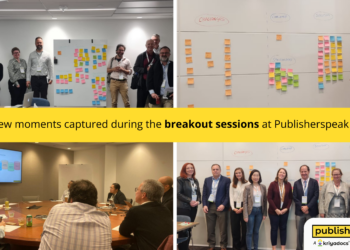Selected post: PLoS ONE: Is a High Impact Factor a Blessing or a Curse?

There are some posts that take on a life of their own, and this is one of them. Since its publication, six months ago, it has grossed nearly 30,000 hits, and consistently brings in between 150 and 200 views per day. In fact, it is the only thing predictable about Scholarly Kitchen usage stats.
In writing the post, my goal was to contextualize PLoS ONE’s first impact factor, and to predict how this one new piece of information was going to change the nature of the journal, its relationship with authors, and its role among other PLoS products. This is not how the post is being used.
Based on our search and referral statistics, it appears that this post is serving one primarily purpose — as a reference for potential authors interested in submitting to PLoS ONE.
PLoS, as you remember, does not believe in journal Impact Factors, but emphasizes that articles should be evaluated on their own merits. So my post functions primarily as a quick lookup for that simple numeric value that PLoS eschews — 4.351. And its prominence – ranked #1, above Wikipedia and PLoS itself in a Google search – helps to reinforce its standing.
In some ways, this news may confirm that PLoS ONE’s first impact factor has indeed changed its relationship with authors. We have yet to see if this comes as a blessing or a curse.



